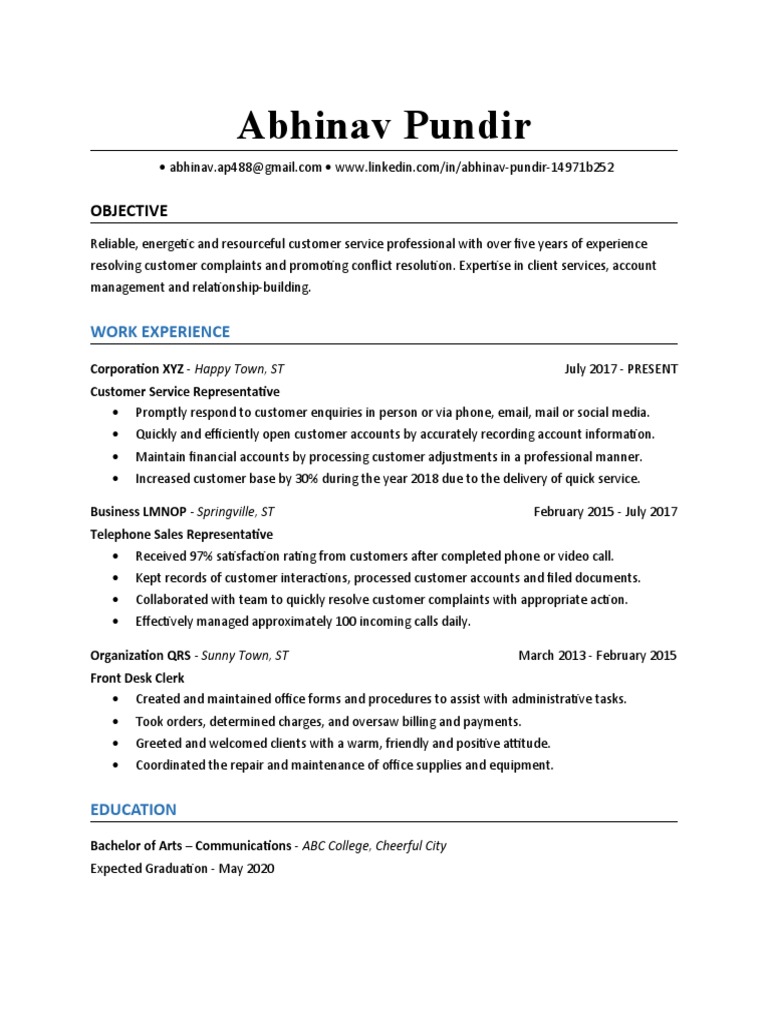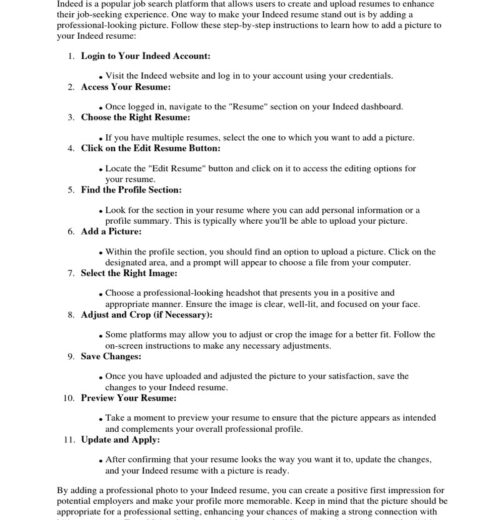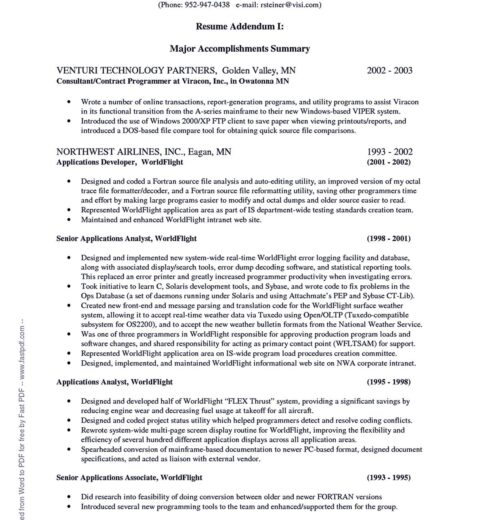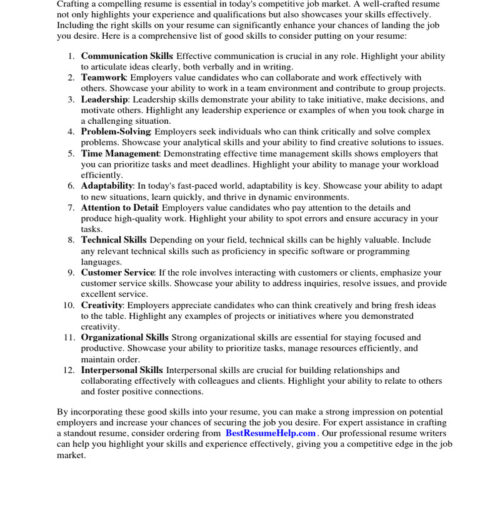The modern job search is akin to a fast-paced kaleidoscope where every second matters. When employers sift through a deluge of resumes, the decision to move forward or consign a candidate to the “no” pile can hinge on a mere six seconds of glance. This fleeting moment requires job seekers to craft resumes that are not only aesthetically appealing but also rich in content that resonates. Crafting a resume that passes the six-second test relies on several fundamental components. Herein lies an exploration of the essential elements to include in a resume that ensures it catches the eye while succinctly conveying relevant information.
Firstly, the Contact Information is the sine qua non of any resume. This section should appear at the top of the document, formatted cleanly and professionally. At a minimum, it should include your full name, phone number, email address, and LinkedIn profile. This acts as a digital calling card. A cluttered or poorly formatted contact section can send the message of disorganization, deterring hiring managers before they even delve into the content of your resume.
Transitioning from the foundation of your personal information, the Professional Summary is a critical ingredient in this recipe for success. Think of it as a sophisticated appetizer—its purpose is to whet the appetite of hiring managers. This is where succinctly articulated ambition meets qualifications. Ideally, a summary should encapsulate your key skills, achievements, and career objectives in two to three sentences using dynamic language. It should be tailored to align with the job description, offering a glimpse into the value you can bring to the role, much like a siren song that beckons attention.
Next, we delve into the core of the resume—the Work Experience section. Viewed through the prism of the six-second test, this is where your history shines. Rather than merely listing your previous positions, focus on quantifiable achievements. Avoid languishing in generalities; instead, illuminate your impact with specific metrics. For instance, instead of stating “Responsible for increasing sales,” clarify “Achieved a 25% sales increase within one year by implementing targeted marketing strategies.” Such vivid imagery paints a clearer picture of your accomplishments, making your contributions resonate more profoundly.
Moreover, the Skills Section delineates your professional toolset. Listings should be strategic, emphasizing both hard and soft skills relevant to the position. Hard skills could include technical proficiencies such as software expertise, while soft skills may encompass leadership or communication abilities. To sustain interest, this section could employ a mix of bullet points and concise phrases, ensuring it remains easy to skim yet impactful.
In the realm of resumes, Education inevitably holds relevance, particularly for recent graduates or those transitioning careers. It typically follows the work experience section unless one possesses a more significant professional portfolio. List your degree(s) clearly, and if applicable, include honors or notable projects. Oftentimes, educational accomplishments serve as credible evidence of capability, akin to the grounding roots of a flourishing tree; they lend stability to your career narrative.
Furthermore, in a fluid job market, adding a Certifications and Awards segment can give you a competitive edge. This is akin to donning a medal for excellence. Include relevant certifications that validate your specialization, training programs, and any awards that signify your commendation within your field. This showcases a commitment to continued professional development, illustrating your proactive nature to prospective employers.
Not to be overlooked, the inclusion of Volunteer Experience can serve as a compelling adjunct to your professional storyline. In an era where corporate social responsibility is increasingly prioritized, volunteering can illustrate your values and commitment beyond the confines of your job title. This section can reveal unexplored facets of your character and dedication, presenting you as a well-rounded candidate.
Visual presentation is crucial; hence, employing a Professional Format greatly enhances the overall aesthetic. Opt for a clean, traditional typeface, and maintain consistent formatting throughout the document. Headers should be bolded for emphasis, and adequate white space is essential to prevent overwhelming the reader. The use of bullet points can create a digestible format, guiding readers’ eyes naturally through the key points.
Lastly, the practice of Tailoring Your Resume for each application cannot be overstated. Each job posting is a unique opportunity; each requires dedicated effort to align your experience and skills with what is being sought. This strategic alignment is akin to customizing a suit; the more closely it fits, the greater the impression it leaves. Ensure terminologies and details resonate with the specific job description, enhancing relatability and thus engagement.
In summation, a resume that succeeds in passing the six-second test is not merely an account of one’s job history; instead, it is an art form that harmoniously blends clarity, relevance, and visual appeal. By prioritizing essential components like contact information, professional summary, work experience, and more, candidates can create a robust narrative that captures interest swiftly and effectively. In this competitive job landscape, your resume serves as your advocate—make it compelling, polished, and, most importantly, reflective of your unique journey.




